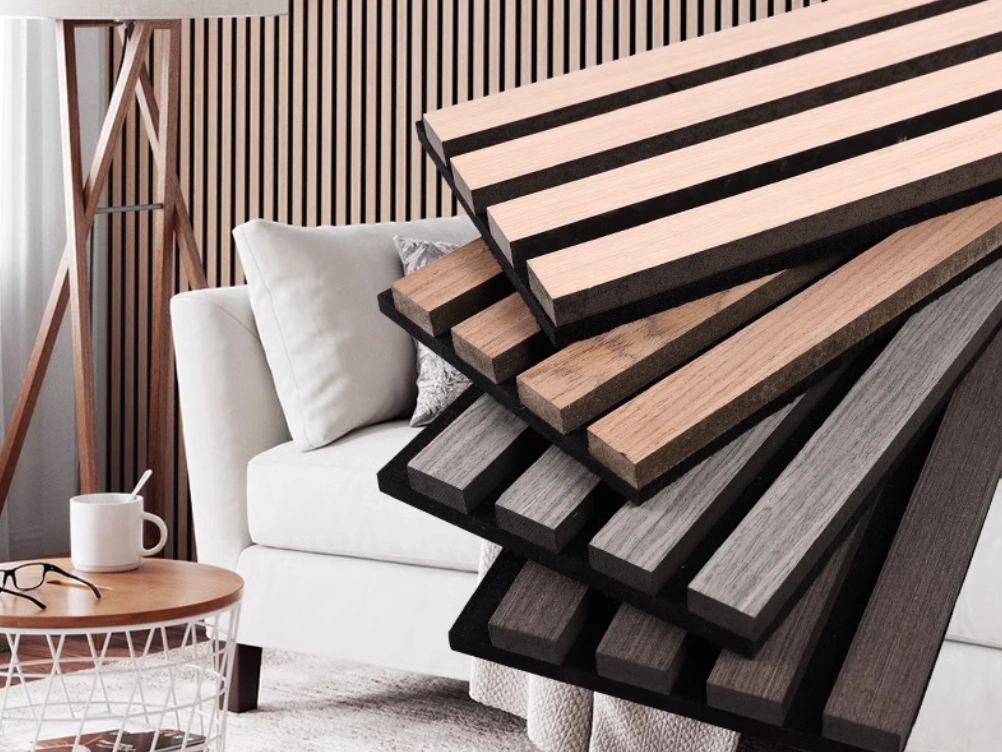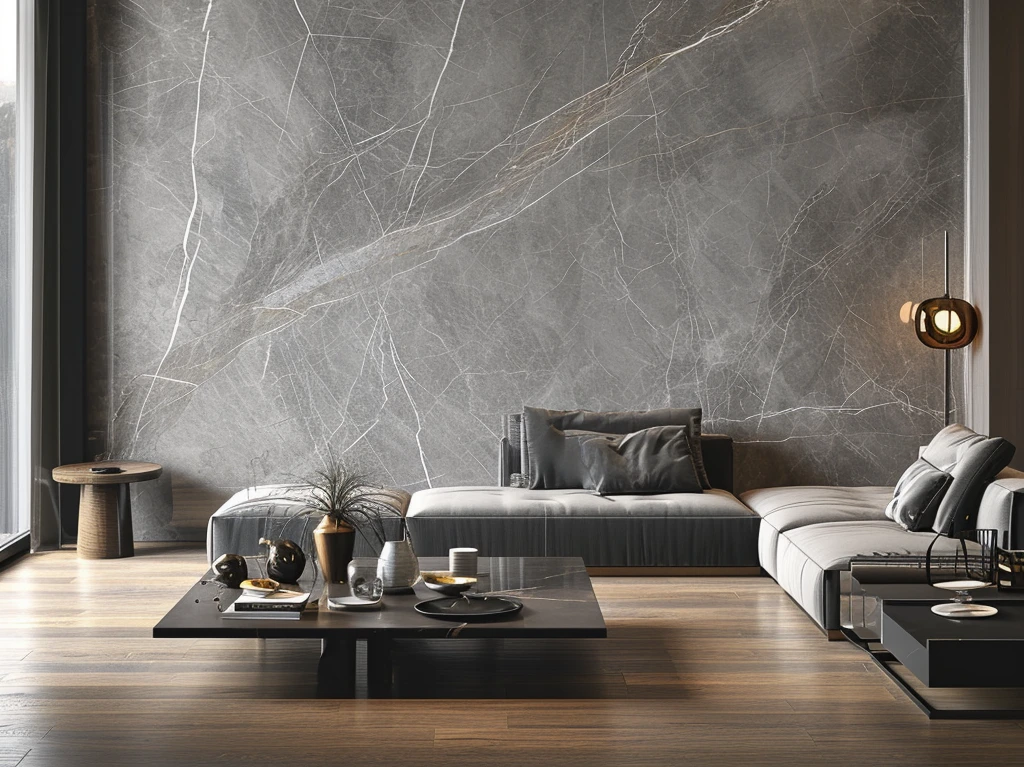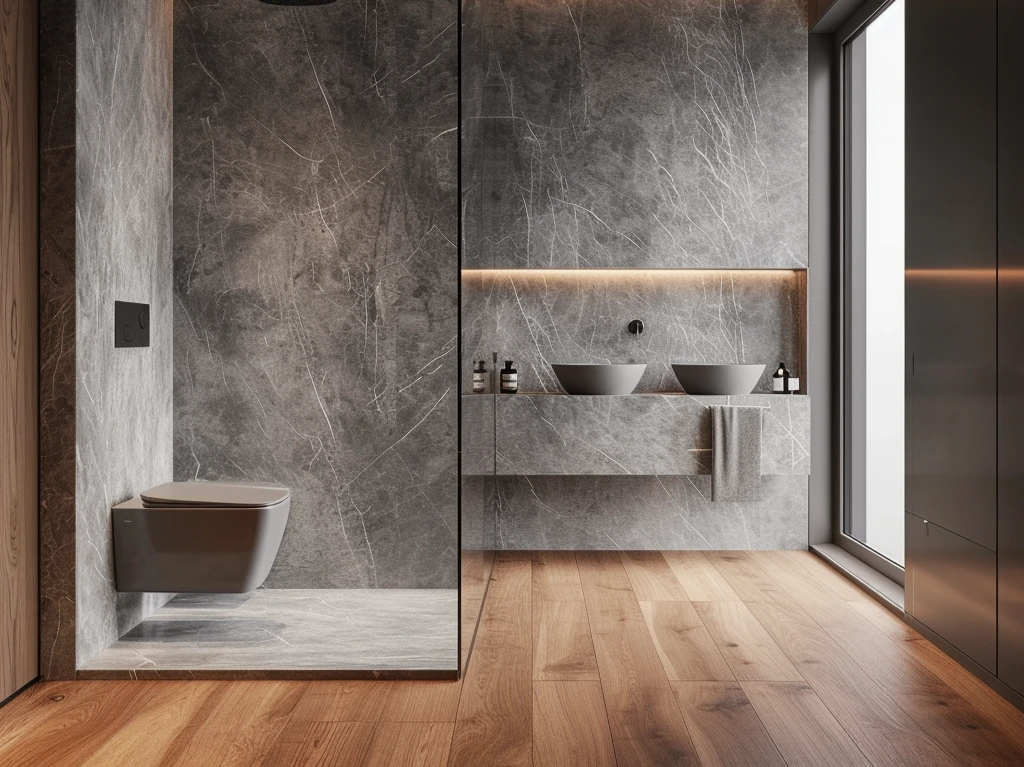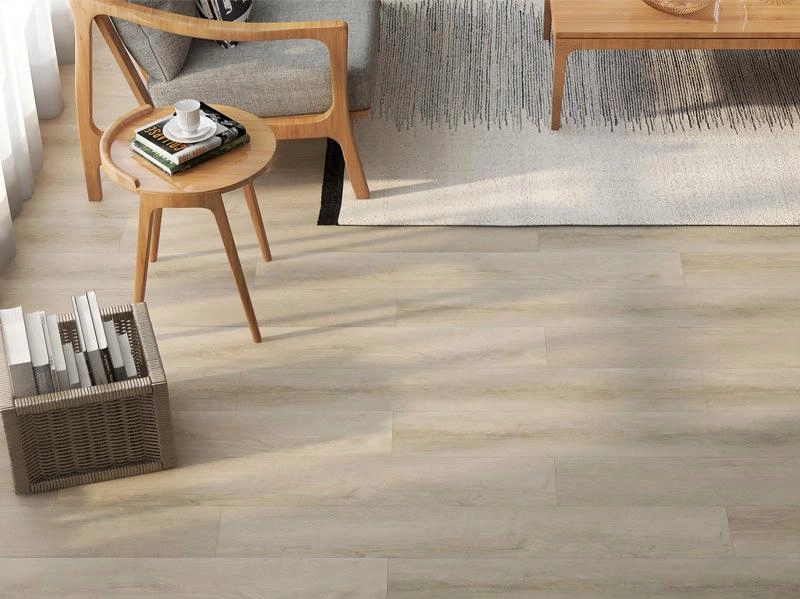What Are Acoustic Panels?
Acoustic panels are materials made to soak up sound. They cut down on noise and echoes in a room. You see them in places like music studios, theaters, offices, or classrooms. They make sound clearer and reduce distractions. These panels can be made from foam, fabric, wood, or mixed materials. They grab sound waves and stop them from bouncing around. Plus, they can look nice and add style to a space.
Why Should You Care for Acoustic Panels?
Looking after acoustic panels keeps them doing their job well. Dust or stains can mess up how they absorb sound. Regular care solution makes them last longer. It also keeps them looking good. If you ignore them, the sound in your space might not be as clear. This can make the room less comfy.
Care Tip 1: Keep Panels Clean
Cleaning your panels often helps them work better. It also keeps them looking nice. Clean panels do a great job and last longer.
How to Clean Different Materials
The way you clean depends on what the panel is made of. Each type needs its own care to stay in good shape.
Dusting and Vacuuming
For fabric panels, grab a vacuum with a soft brush. Gently suck up dust without hurting the surface. For foam panels, use a lint roller or a soft cloth to pick up bits of dirt. Wooden or mixed-material panels need a microfiber cloth. It wipes dust off without scratching.
Dealing with Stains or Spills
Got a stain on a fabric panel? Mix a little mild soap with water. Dab the spot with a clean cloth. Don’t get it too wet, as water can harm the panel. For wooden or mixed panels, use a slightly damp cloth. Pick a gentle cleaner made for wood or similar materials.
How Often to Clean
How often you clean depends on the room. Busy spots like offices or classrooms need cleaning every couple of weeks. Quieter places like home theaters or studios can be cleaned once a month. Check your panels now and then to spot any messy areas.
By sticking to these cleaning habits, your panels will keep sound clear. They’ll also stay nice to look at.
Care Tip 2: Check and Fix Damaged Panels
Spotting Wear and Tear
Acoustic panels help with sound, but they can wear out. Checking them regularly keeps them working well.
Cracks, Tears, or Fading
Look for cracks or tears on your panels. On fabric panels, tears can make them less effective. Foam panels might crack from bumps or weather changes. Fading is another problem, especially in sunny or damp spots. Sunlight can mess up the color of wood or mixed panels.
Loose Brackets or Screws
Over time, screws or brackets holding panels might get loose. This can make panels shift. That hurts their ability to soak up sound. Loose brackets can also be risky in busy areas.
Fixing Small Problems
Fixing little issues fast helps panels last longer.
Patching Cracks and Tears
For small tears on fabric panels, use fabric glue to fix them. For foam panels with tiny cracks, try a foam filler or glue made for acoustic stuff.
Repainting Wooden Panels
If wooden panels look faded, lightly sand them. Then repaint with a paint that blocks UV rays. This makes them look good again and protects them.
Tightening Loose Parts
Check screws, brackets, or glue holding panels. Tighten any loose screws. Swap out worn brackets for stronger ones.
Replacing Really Bad Panels
If a panel is too damaged to fix, get a new one. Make sure the new panel matches the others so everything works the same.
Care Tip 3: Keep the Room Right
Managing Humidity and Temperature
The room’s conditions matter for keeping panels in good shape.
Too Much Moisture
Lots of humidity can hurt fabric or foam panels. It might cause mold, which ruins the material and isn’t healthy. Wooden or mixed panels can bend in damp conditions. To keep humidity in check:
- Use a dehumidifier in wet rooms.
- Make sure air flows well to stop dampness.
Keeping the Room at a Good Temperature
Really hot or cold rooms can affect panels. Heat can weaken the glue holding them up. Cold can make materials brittle. Try to keep the room between 20°C and 25°C. This keeps panels strong.
Avoiding Sunlight and Strong Cleaners
Sunlight can fade fabric or change wood’s color because of UV rays. Put up blinds or curtains in rooms with big windows. Don’t use strong cleaning products. They can damage fabric or wood. Instead:
- Use mild soap that’s safe for the panel’s material.
- Test any cleaner on a small spot first.
By keeping the room’s conditions right, your panels will work better. They’ll also last longer without extra wear.
Why Pick Latitude for Acoustic Panels
Latitude makes top-notch acoustic panels that work well and look great. We use high-quality materials and smart technology. Our panels fit all kinds of spaces, like offices or music studios. Latitude cares about the environment, meeting standards like ISO14001. We also give great customer service that fits your project’s needs.
FAQ
Q: Why should I look after my acoustic panels?
A: Taking care of them keeps them doing their job and looking good. Dust or stains can mess with how well they soak up sound. This hurts your sound quality. Care also helps them stick around longer. Plus, it keeps your space cozy.
Q: How often do I need to clean my acoustic panels?
A: It really depends on the room. Clean them every two weeks in high-traffic areas. Think offices or classrooms. You can clean once a month in quieter spots. Like home theaters or studios. Just keep an eye on them. Look for any dirt or marks.
Q: What’s the best way to clean fabric-covered acoustic panels?
A: Use a vacuum with a soft brush. Gently lift off the dust. For stains, mix mild soap with water. Dab the spot using a clean cloth. Be careful. Don’t get the panel too soaked. Water can cause harm.
Q: How do I clean foam or wooden acoustic panels?
A: For foam panels, use a lint roller or soft cloth. This picks up dirt. For wooden or mixed-material panels, wipe with a microfiber cloth. This helps avoid scratches. For wood stains, use a slightly damp cloth. Choose a gentle cleaner made for wood.






